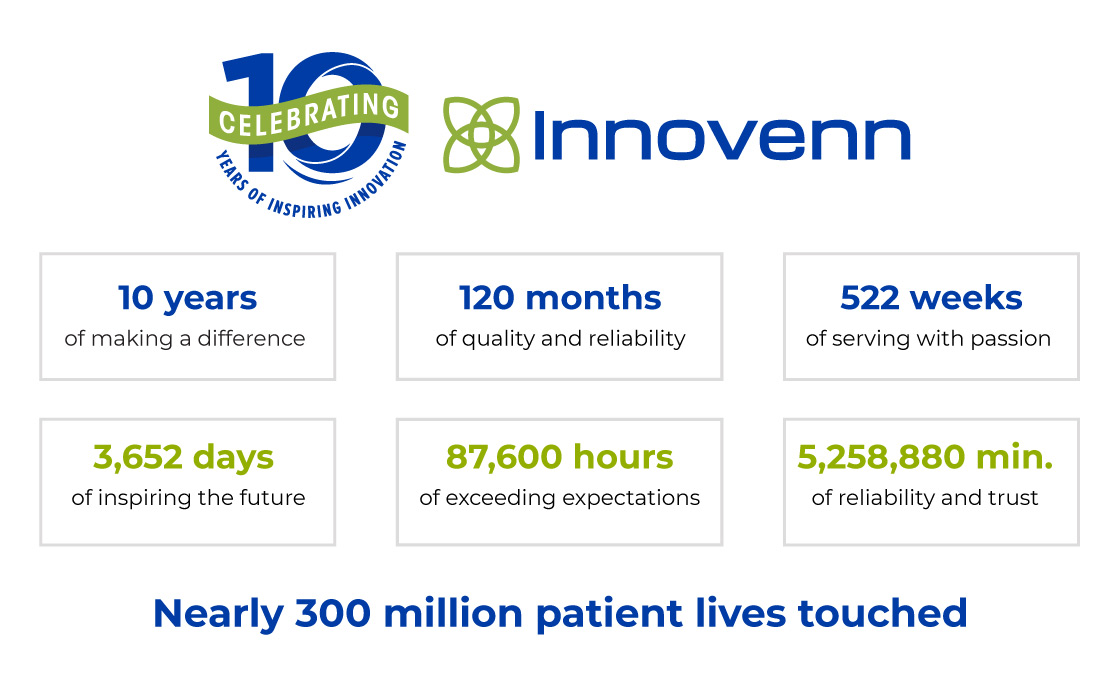What are Design Controls?
Medical Device Design Controls are a set of product development processes and procedures that medical device manufacturers must follow to ensure that their products are safe and effective for their intended use. This process is utilized to confirm the medical device meets the user needs, requirements and intended uses. Controls for the design and development processes are a requirement of regulatory agencies worldwide. While the FDA enforces Design Control requirements through 21 CFR part 820 in the United States, ISO 13485 is an international standard for quality management systems. Adherence to ISO 13485 shows a global consistency in regulations for basic Design Control elements for medical devices in all countries. Design Controls provide a framework for developing outputs and records that are maintained in the design history file of a medical device throughout its life cycle.



